- Addresses 192.168.1.1 and 192.168.0.1 are host addresses, focusing on 192.168.1.1 login page, username, and password for routers
- Importance of securing routers and changing default settings to enhance cybersecurity
- Tips on changing WiFi SSID, password, security settings, router IP addresses, and ensuring network security by updating router firmware
The addresses 192.168.1.1 and 192.168.0.1 are known as host addresses. In this article, we will discuss the 192.168.1.1 login page, including the username and password. Additionally, we will cover how to change your WiFi SSID and password, modify security settings on your router, and provide insights about the 192.168.1.1 router IP address for 2025.
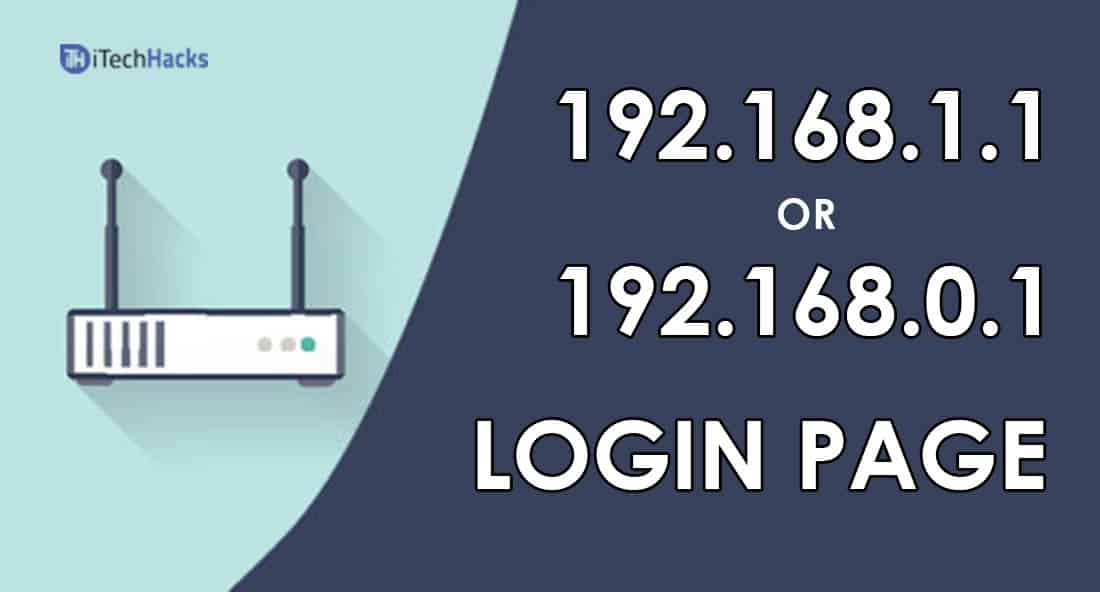
The internet is thriving, isn’t it? Everywhere you go—homes, shops, cafes, shopping malls—there’s Wi-Fi. Many people use free public internet, which is fine for casual browsing. However, when it comes to confidential messaging or transactions, public networks pose a risk. Your data on these networks can be intercepted by someone in the middle, even on secured websites, making you vulnerable to hackers. It’s crucial to be cautious on public networks. Now, let’s shift our focus to your home network.
Chances are, you have internet connectivity at home or in the office. Connecting is simple: turn on your router, select your network on a device, and enter the password. You’re then ready to enjoy seamless internet access. But let’s talk about your router’s security.
Have you ever changed your router’s default password? Is your network name something generic like TP-LINK468? If you’ve answered ‘yes’ to any of these questions, your network could be easily compromised, even by someone with minimal technical skills. They don’t need advanced hacking techniques; basic information can be enough for them to gain access.
Have you updated your default gateway username or password? Share your experiences in the comments below. Surprisingly, 80% of routers still use their default usernames and passwords, which is a significant security lapse. In this article, we’ll explore the importance of securing your router and how to effectively use your router’s username and password. Let’s dive into the details without further delay.
Remember, understanding and managing your router settings, especially the 192.168.1.1 login, is crucial for maintaining a secure and efficient network.
Also Read: What is Akamai Net session Client? Uninstalling it? Safe or Not?
What is 192.168.1.1?
If you are someone who has no idea about basic router things you can read this entire heading otherwise you can skip this title and after you can do things like, the default username and password for many brand routers, setting up wpa2 security and some advanced steps to protect your home network from outside intruders.
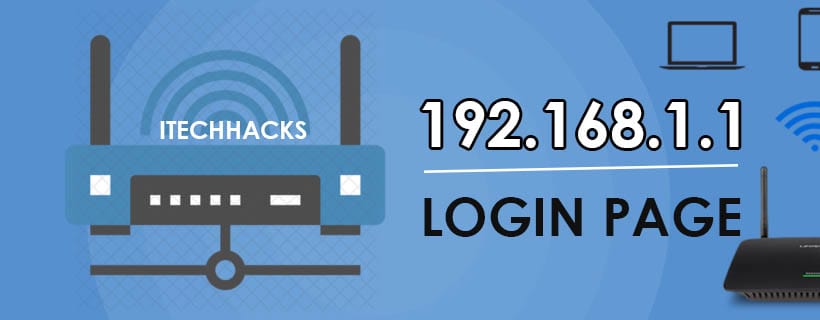
First of all, it’s important to understand the role of your wireless router. It is a device that routes all the packets in your network and also acts as a wireless access point, allowing you to connect to the internet wirelessly. Without the router, you wouldn’t receive any Wi-Fi signals. I hope this clarifies the purpose of a router. Now, you might be wondering how to change your network name and password, which we will discuss shortly.
How do you enter your router’s username and password? To do this, you need to access your router’s default gateway, which is most commonly 192.168.1.1. This gateway allows you to exercise all the admin rights of the router. However, it’s worth noting that some brands have different default gateways. Below, we will list some well-known brands and their respective default gateways.
TP-Link 192.168.1.1
192.168.1.254
D-link 192.168.1.1
192.168.1.254
Netgear 192.168.1.1
Asus 192.168.1.1
192.168.2.1
10.10.1.1
Billion 192.168.1.254
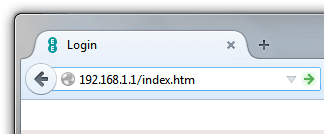
If you need to visit the admin page of your router. Open any of your favorite browsers after connecting your device to your Wi-Fi network. Now enter the gateway which is listed above for your router. If you didn’t find your router address then you can simply google with your router name and default gateway to get the exact address. After entering the details you will need to enter your router credentials. You will get the default credentials from the below list or you can simply look at the back and bottom side of your router which gives you the default username and password.
| Name | Username | Password |
|---|---|---|
| TP-Link | admin | admin/password |
| D-link | admin | admin |
| Netgear | admin | admin |
| Asus | admin | password |
| Billion | admin | admin |
Again if you didn’t get your username and password from this list you can always use google to get the default password or you can refer your router manual if you have. I hope already you logged in to your router admin panel and let us see what are all the things you can do with this admin page. If you are facing any kind of issues or you forget your password then you can press and hold the restart button for almost ten seconds and your router will be reset to its default settings.
Change Your WiFi SSID Name And Password
You can see tons of settings in the control panel of your router which was shown to you after you logged in with your router admin username and password. If you need to change your Admin username and password you go to Advanced settings which are located on your left-hand side, select Change password, enter your new password, and hit the save button to update your router password. Once you hit the save button your router will restart and will be disconnected from all the already connected devices.
Also Read: Top 5 Best WiFi Analyzer for Windows 7/8/10
How To Secure Your Router?
How To Secure Your Router?Security is the one thing you need to keep on focusing because you are using each and everything via your home network. If someone can easily enter into your network it more like they entered your house. If some experienced hackers are in your home network, they can able to damage your personal life to the most. Please make sure the following things to make your network the most secured possibly.
#1. Please don’t make your network OPEN. I know it sounds crazy but there are many people out there in 2020 who is very lazy to remember and enter their password.
#2. Make sure to use the highest possible protection on your router. We will discuss this thing in a short time. Also, get a router with at least WPA2 Protection.
#3. Set your password which is something not guessable by your neighbors and friends. Please don’t make your passwords like 12345678, aaaaaaaaa, zzzzzzzzz, password or any of the password which is very silly. Also, try to make your password as long as possible and make your password with characters, numbers, and symbols. This is because it is very difficult to crack the password using brute force method if you are using some long passwords.
#4. Don’t enter your password anywhere other than your device Wi-Fi settings. Your router won’t need your password other than that place but some of your friends and hackers do. It is another method to make get your network password. If you are disconnected from the network frequently and asking for a password on some webpage. Then someone is trying to catch your network password. So be aware of this method.
Change Security Settings On Your Router
To change the security settings of your router,
Step 1. Log in to the admin panel of your router.
Step 2. Click on Wireless icon which is located on the left side of the page.’
Step 3. Click on security and select the WPA option.
Step 4. WPA2 uses the strongest security to protect your network.
Step 5. Now make sure to write a password that is longer than 15 characters which include numbers, alphabets, and symbols too.
Step 6. Finally, click the Apply button and the OK button.
That’s it. You are changed your WIFI name, password and set it to the maximum secured possibly. Also, there are some other points which make your network a bit harder to enter. They are :
#1. Change your default gateway IP address:
If you do this, it will make become a huge fuss for people to intrude in your network and make their process very harder. To do this login with your admin username and password of the router. Now click on the Network icon on your left-hand side and select the option. It’s time to change the default IP address of the router. Make it to something like 172.0.1 or any IP address you want. Believe me, it is really a game-changer.
#2. KEEP YOUR ROUTER UPDATED:
The software is the one thing that helps to get the most secure and convenient technology possible. So always update your router firmware as soon as possible.
Also Read: How To See Private Instagram Profile & Photos Easily
How To TP-LINK ROUTER, LOGIN & IP
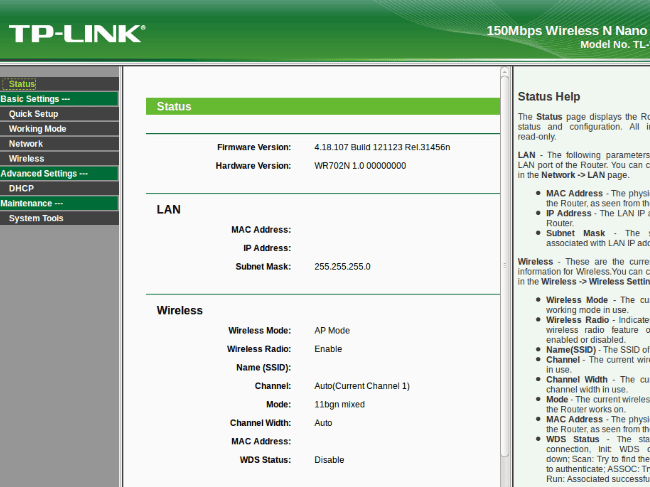
Step 1: First you need to connect TP-LINK Router has an IP address 192.168.1.1. Connect Router and PC with the RJ45 cable.
Step 2: Type 192.168.1.1 in any of web browser > Enter.
Step 3: Enter the username and password.
IP address: 192.168.1.1 (or https://tplinkwifi.net)
Username: admin
Password: admin/password
Step 4: Go to Wireless Setting and change the settings that you want.
If you are facing issues while connecting the Router and accessing the 192.168.1.1 admin page, then you may have done something wrong. These are some possible mistakes.
Set the 192.168.1.1 Login page and Password (Video)
Final Words
So, that’s it for this 192.168.1.1 router login, username, password, and settings 2025 article. Share this article with your friends and family and let them know about these tricks. Comment your favorite security settings and your some funny passwords to start engaging in the comment section. Also, if you have any suggestions or need for any specific article feel free to contact us, We are really happy to read your texts. Thank for Reading. Cheers!
ALSO READ: 192.168.1.25 Admin Login Page, Username, Password, and WiFi Settings


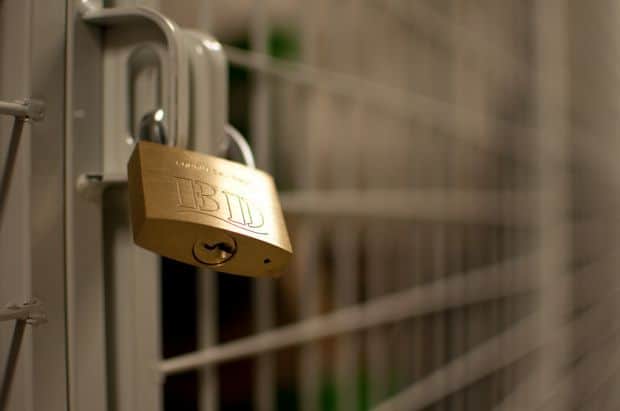
Happy me
Hey, to be honest, I loved the way you’ve shaped this post. It is not only written in simple language that can be understood by people who have not done their Masters in English Literature but also in a friendly style. I have always loved to read your blog posts and hence I keep coming back for more. Every time I visit your website, I am always welcomed with a new interesting post. Thanks. Keep them coming!
WiFi
Bengaluru
Very nice
Log in router
How to change wi-fi password
WiFi admin password show
192.168.1.1
Great post! The step-by-step guide really helped me access my router settings. I appreciate the updated information for 2024!